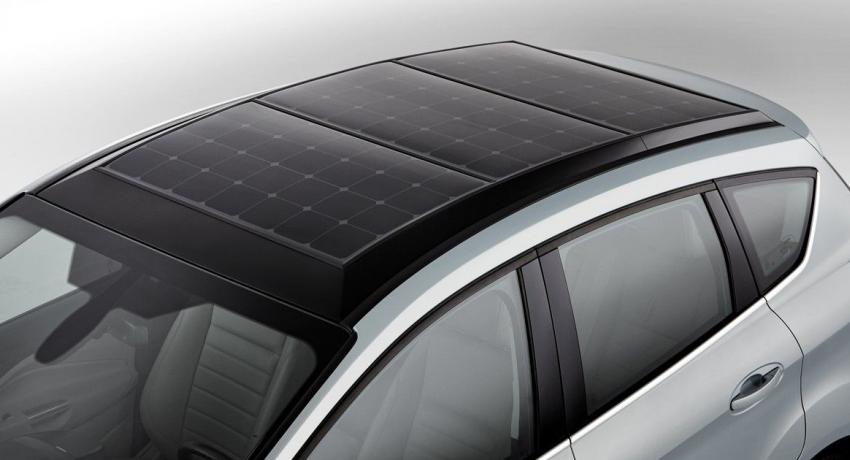Installing solar panels on a car can be a great way to harness renewable energy to power various systems and reduce your vehicle’s energy consumption. The steps provided here are a general guideline. The specifics of the installation may vary depending on the type of car, the solar panel system, and any additional components you choose to include.
Planning and Materials Gathering
Determine the amount of energy you need from the solar panels and the available space on your car for installation.
Select appropriate solar panels based on their size, wattage, and compatibility with your vehicle’s electrical system.
Gather all necessary tools and materials for the installation, including solar panels, mounting hardware, cables, connectors, adhesive, and any electrical components.
Preparation
Clean the surface where you plan to install the solar panels. Ensure it’s free from dirt, debris, and wax to ensure good adhesion.
Positioning and Mounting
Decide where you want to mount the solar panels on your car. Common locations include the roof, hood, or trunk.Use mounting brackets, adhesive, or other appropriate methods to secure the solar panels in place. Ensure the panels are positioned securely and optimally for capturing sunlight.
Electrical Connection
Connect the solar panels in parallel or series, depending on your energy needs and the voltage of your vehicle’s electrical system.Attach cables to the solar panels using appropriate connectors and ensure they are well-protected against damage.
Wiring and Routing
Route the cables from the solar panels to the interior of the car where you’ll connect them to your vehicle’s electrical system or battery.Ensure the cables are well-protected and properly secured to prevent damage while driving.
Electrical Components (Optional)
If using additional components like charge controllers or inverters, connect them to the solar panel system and integrate them with your vehicle’s electrical system.
Testing
Before finalizing the installation, test the solar panels to ensure they are generating power and properly connected to your vehicle’s electrical system.Verify that any electrical components are functioning correctly and regulating the flow of energy as expected.
Finishing Touches
Secure any loose cables or components to prevent vibrations or damage during driving.Seal any entry points for cables to prevent water or debris from entering your car’s interior.
Final Inspection
Carefully inspect the entire installation to make sure everything is properly secured and connected.Double-check that the solar panels are securely mounted and won’t pose any safety hazards while driving.
Maintenance and Monitoring
Regularly inspect the solar panels and their connections for signs of wear, damage, or degradation.
Clean the solar panels periodically to ensure optimal energy production.
It’s important to note that solar panel installation on a car can be a complex task, especially if you’re not familiar with electrical systems and automotive modifications. If you’re not confident in your abilities, it’s recommended to consult with professionals who have experience in automotive solar panel installations. Also, be sure to follow any relevant regulations and guidelines in your region related to vehicle modifications and electrical work.


